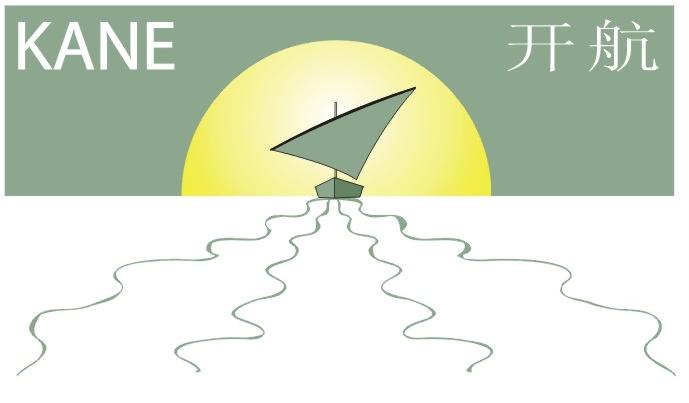China makes everything, not just cheap stuff, from toys to airline parts. It's not that suppliers themselves are corrupt or skimming, but more often what happens is that they have a large network of suppliers themselves that they cannot readily police, so we have to be conscious of the whole supply chain when trying to identify problems there.
The US Consumer Products Safety Commission has about 390 employees. The equivalent body in China, the AQSAQ has 55,000!!! They are also strapped for cash and years behind the US and the EU. Moreover, the Federal Government of the US increased the budget for the Consumer Products Safety Commission to $80mm from $63 million last year, which in government budgets amounts to a huge increase.
Eventually there will be convergence in China for export and domestic quality products and that will help improve quality dramatically across the board. And, we can even see this happening today. There is a force pulling Chinese companies up the value chain and it is not just the CCP. They want their own brands now, and in order to receive marginal value for the products under those labels, Chinese companies will have to dovetail marketing with quality. Consider Haier. 10 years ago, no one in America knew this white goods maker. Now they have a substantial chunk of US market share in air conditioners and more.
Quality problems in China amount to one of two basic problems.
1: factory didn't know better - specifications mistake
2: willful corner cutting
AQSAQ can help to solve #1, but there is really little the organization can do about #2. Maybe penalties, maybe enforcement, but really very little in general.
The overriding theme of the night was that at the heart of the problem, and where the real responsibility lies is with corporations as huge as Proctor and Gamble all the way down to my business - it is with the exporters, the importers, and the factories. It is our job to make sure that quality is tested and bad product is not released.
The will is certainly there to change certain industries. For example, Mr. Schoem talked about the fireworks industry in Hunan Province, whence comes over 60% of US imported fireworks. It turns out that a number of years ago, the US Fireworks Standards American Fireworks Safety Lab was created to pemit imports of fireworks under the agreement of enforcement of stringent safety requirements. Hunan's government worked closely with the US authorities, and today, 90% AFSL-tested fireworks from China comply with mandatory standards. That compares with rates as low as 50% for compliance of similar product from other countries.
This is a nice segue into the talk on the 29th, when James Filippatos, Assistant Administrator for International Aviation at the Fedearl Aviation Administration (FAA) gave a talk at the National Council on China-US Relations. Mr. Filippatos' talk was truly a gem. He described his experiences in China with aplomb. Moreover, he introduced to me the fact that over the last four years, Chinese aircraft have had the safest record of any country in the world. He then reminded us that 15 years ago, Chinese planes were so dangerous that the US would not let them fly here. Now there arae 23 daily flights between the US and China and that number is sure to grow rapidly. The Chinese equivalent of the FAA, the CAAC, got together with the FAA to make this all possible. They emphasized that no matter what, the Chinese market needed better pilots, airplanes, and operational know-how. According to Mr. Filippatos, this is an unprecedented success story for the FAA and CAAC. The two bodies have trained hundreds of personnel and generally instilled a desire to constantly improve. We reap the benefits of that improvement every day.
Quick fact - one of the major factors deterring the expansion of its domestic commercial flight industry is that China's military controls 80% of the skies in China. The US equivlent is may 2 - 3$%. Wow - that negotiation is going to be a very long process. D
Moreover,


No comments:
Post a Comment